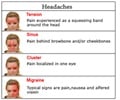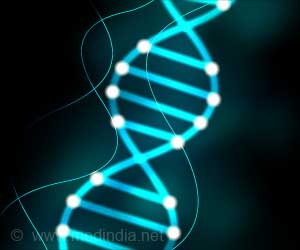Researchers have identified that a common bacteria which was considered harmless is the real culprit behind chronic sinusitis.

In their study, the researchers compared the microbial communities in samples from the sinuses of 10 patients with sinusitis and from 10 healthy people, and showed that the sinusitis patients lacked a slew of bacteria that were present in the healthy individuals.
The patients also had large increases in the amount of Corynebacterium tuberculostearicum in their sinuses, which are located in the forehead, cheeks and eyes.
The team also identified a common bacterium found within the sinuses of healthy people called Lactobacillus sakei that seems to help the body naturally ward off sinusitis. In laboratory experiments, inoculating mice with this one bacterium defended them against the condition.
"Presumably these are sinus-protective species," said Susan Lynch, PhD, an associate professor of medicine and director of the Colitis and Crohn's Disease Microbiome Research Core at UCSF.
What it all suggests, she added, is that the sinuses are home to a diverse "microbiome" that includes protective bacteria. These "microbial shields" are lost during chronic sinusitis, she said, and restoring the natural microbial ecology may be a way of mitigating this common condition.
Advertisement
Scientists are not entirely sure what they do. They may exist to heat air as it passes into the body, they may be associated with the immune system, or as Lynch and her colleagues speculate, they may represent a site of microbial surveillance just inside the nose where the body can sample bacteria and other microbes entering the body.
The pain of sinusitis can last for months. Doctors typically prescribe bacteria-killing antibiotics and, in more severe and long-lasting cases, conduct sinus surgeries.
However, said Andrew Goldberg, MSCE, MD, the director of rhinology and sinus surgery at UCSF and a co-author on the paper, "the premise for our understanding of chronic sinusitis and therapeutic treatment appears to be wrong, and a different therapeutic strategy seems appropriate."
The new work suggests that if the underlying cause of sinusitis is due to changes to the microbiome of bacterial species colonizing sinus tissue, restoring the naturally-occurring, protective bacteria to these cavities may be an effective way to treat this condition.
However, the UCSF-led team warned that the promise of this discovery does not offer an immediate new treatment or cure for sinusitis. Any new approaches based on these observations still have to be developed and tested for safety and effectiveness in human clinical trials.
The team reported their study this week in the journal Science Translational Medicine.
Source-ANI












